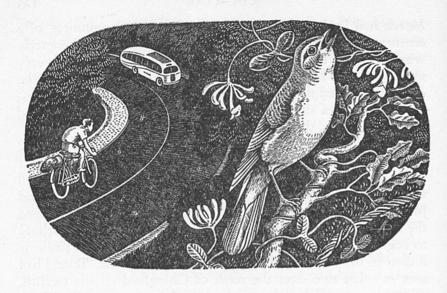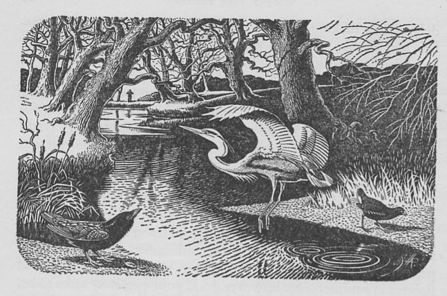Just as J.A. Baker achieved posthumous fame for his exquisite writings about the natural landscape and avian life of the River Chelmer and the Blackwater Estuary – in his lyrical study, The Peregrine - it is timely to remember another Essex naturalist and writer, D.W. Gillingham, sadly forgotten today but equally alert to the Essex landscape. Born in Walthamstow in 1906, after moving with his family to Canada in 1911, Gillingham returned to settle in Loughton in 1934, where he lived at 28 Roding Road until his death in 1965.
Throughout his Loughton years Gillingham kept a journal - eventually published in 1953 as Unto The Fields – a meticulous and exquisite record of the woodlands, streams and rivers of the Roding Valley, rich in bird-life, small mammals and wild flowers, even though the streets of London’s East End were less than ten miles away. From the hills of Loughton Gillingham claimed to be able to hear the roar of the London traffic, or from the height of Epping ridge see the smoke from steamers on the Thames at Galleons Reach. Others may want ‘scenery’, he wrote, ‘but the beauty of the English countryside is far less in its wide panoramas than in its intimate nooks and corners, in what lies so near at hand.’




